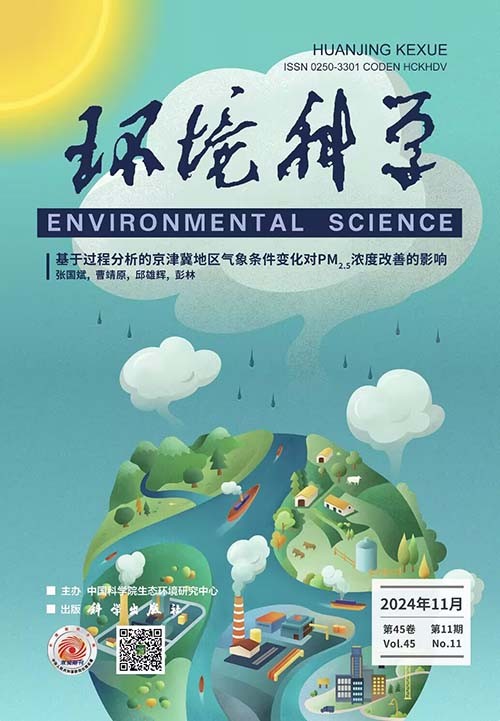[Pollution Assessment and Source Apportionment of Heavy Metals in Soil of Qinghai Section of the Yellow River Basin].
Abstract
In order to find out the background of heavy metals in the soil of the Qinghai section of the Yellow River Basin, the pH and the contents of eight heavy metals (Cd, Cr, As, Hg, Pb, Cu, Zn, and Ni) were measured in 3 275 groups of soils in the Yellow River Basin, the abundance and deficiency of heavy metals were evaluated using the geoaccumulation index, the risk level of heavy metals was revealed by the potential ecological risk index, the homology between elements was indicated by correlation coefficient, the dimensionality reduction was carried out using cluster analysis, and the pollution sources were analyzed using the PCA and PMF models. The results showed that: ① The mean values of ω(Cd), ω(Cr), ω(As), ω(Hg), ω(Pb), ω(Cu), ω(Zn), and ω(Ni) in the soil in the study area were 0.17, 70.8, 15.0, 0.026, 22.6, 24.2, 69.4, and 30.7 mg·kg-1, respectively. Compared with the soil background value of Qinghai, As and Hg were enriched, and Cr and Cd were diluted in the study area. Compared with the soil background value in China, the study area was enriched with As, and Hg and Pb were poor. ② Based on the soil background value of Qinghai Province, the soil accumulation index showed that the overall soil quality in the study area was good. The local enrichment factor was mainly Hg, followed by As. The potential ecological risks showed that Cr, Cu, and Zn were risk-free, while the rest were characterized by Hg>Cd>As>Pb=Ni, with an average comprehensive ecological risk of 107 and an intermediate ecological risk. ③ The correlation coefficients between Zn, Cr, Ni, and Cu in the study area were high; the correlation coefficients between Cd, Cu, and Zn were high; and there were similar migration processes in each group. On the other hand, As and Hg had independent migration characteristics. Cluster analysis divided the eight heavy metals in the soil in the study area into four cluster groups, which were As,Cr,Ni,Cu;Cd,Zn,Pb;and Hg. ④ Four principal factors were identified by source analysis. Factor 1 was the natural source caused by the high background of copper-nickel-chromium sulfide,factor 2 was the mixed source caused by geological high background and mining activities, factor 3 was the human activity source of mercury enrichment caused by transportation, and factor 4 was the natural source caused by the high background output of geological rock masses. In view of the above conclusions, it is suggested to strengthen the monitoring of natural sources and the blocking of human activity sources, which can provide a scientific basis for the ecological environmental protection and restoration of the Qinghai-Tibet Plateau.

 求助内容:
求助内容: 应助结果提醒方式:
应助结果提醒方式:


